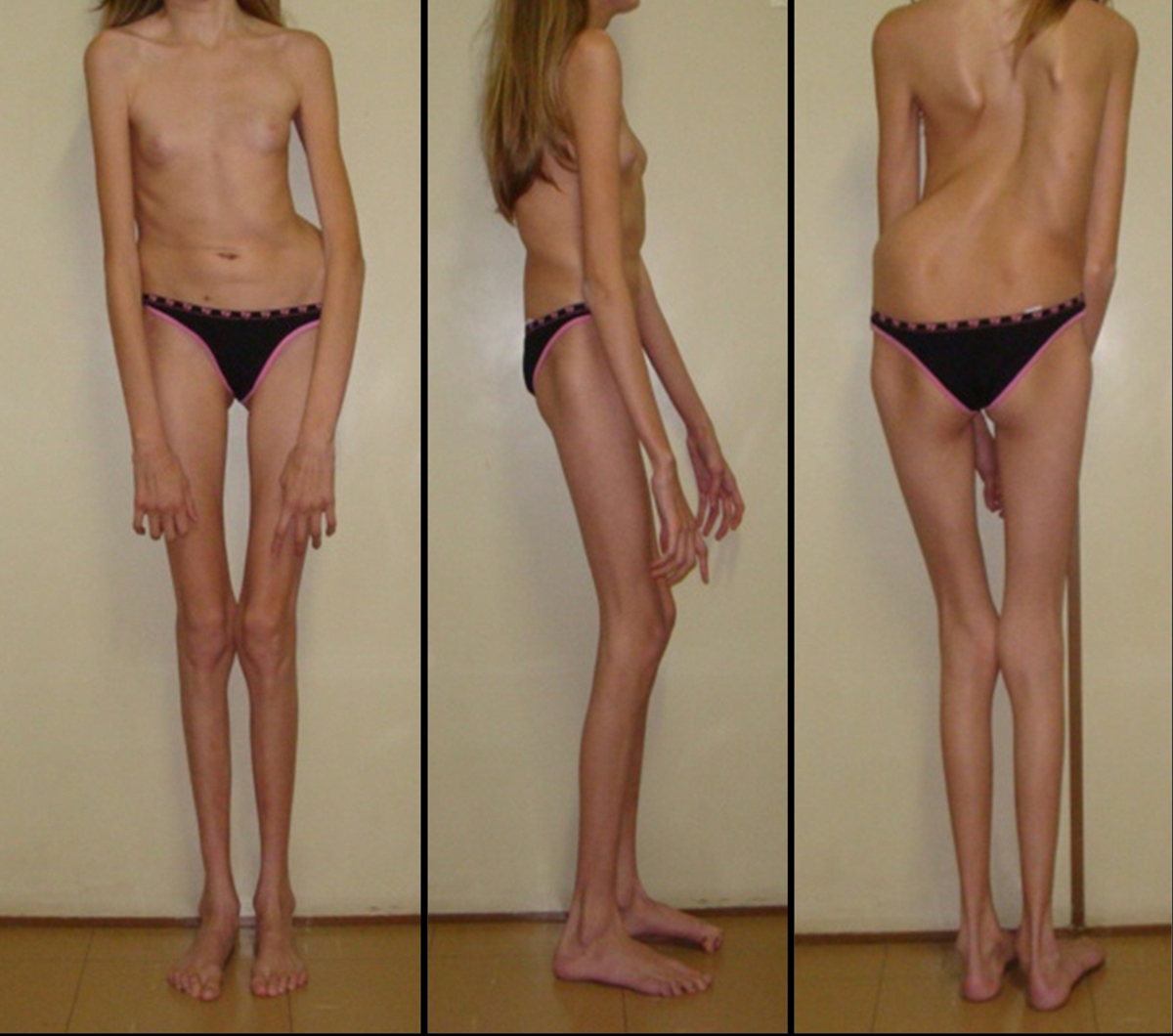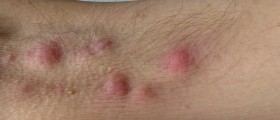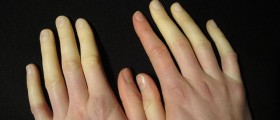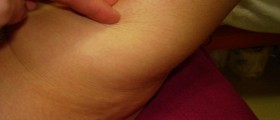
Marfan syndrome is genetic disorder that features with variety of deformities due to improper functioning of connective tissue. The disease is inherited. Connective tissue is present in all structures of organs and organ systems in the body hence all of these can be affected. All the people are affected equally regardless gender, age or ethnic background.
People who suffers from Marfan syndrome show different symptoms and signs of the disease. Some of these are rather mild while in certain cases symptoms and signs of the disease tend to be quite severe. In majority of cases the diseases progresses in time.
The most affected body compartments in people suffering from Marfan syndrome are skeleton, eyes, nervous system, heart, lungs and skin. These people are over average height and slim. Some parts of extremities like fingers, toes or even whole extremities are longer in comparison to the rest of the body. The face is elongated and narrow. Spine as well as breast bone may be deformed. As for eyes the most common disorder is dislocation of lenses. This condition can lead to even more severe one, the separation of retina. Nearsightedness, cataract or even glaucoma are additional conditions affecting people with Marfan syndrome. Aorta is affected as well. It shows the signs of dilatation, and the heart valves may be distorted therefore the pumping of the blood may be insufficient. Since dura, which is specific sheet that covers the brain and spinal cord, is made out of connective tissue it may lose strength and elasticity over the years and leads to pain in abdomen or even lack of strength in lower extremities. Skin shows signs of stretch marks. Small air pouches are formed within lungs and these may eventually but rarely leads to collapse of the lungs.
Since the connective tissue cannot be repaired or fixed and that Marfan syndrome is genetic disease there is no definitive cure for condition. However regular check-ups are of great importance so that doctors may spot certain changes within the body on time and prevent possible complications. It is important that patients report any visible change in spine and breastbone especially during the adolescence when the entire body grows rapidly. In rare cases braces or surgery may be beneficial in treating skeletal deformities. Ophthalmologists perform regular examination of eyes and correct the vision with glasses or eye contact lenses. Cardiologists are in charge with regular ECG examinations. Abnormalities of heart valves may be treated with certain medications such as beta-blockers or they can even be surgically repaired. The pain due to stretching of dura may be treated with painkillers. Since there is increased risk of damaging the lung tissue people with Marfan syndrome are not supposed to smoke. This may lead to even more harm to respiratory system. Pregnant women must be under thorough supervision of obstetricians. Unfortunately there are no proven dietary supplements or vitamins which may be helpful in prevention and even slowing down of the progress of the disease.

















Your thoughts on this
Loading...